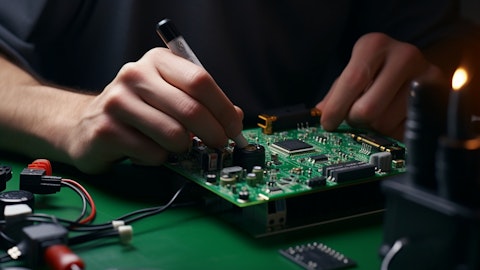The Hidden Guardians of Digital Integrity
Every day, millions of words are published online, reviews, essays, news stories, and blog posts, all competing for credibility and attention. In a world where artificial intelligence can generate near-perfect text in seconds, the question of authenticity has become more than academic. It has become essential to how we trust what we read. That’s where modern tools like the AI checker free come in, acting as silent editors that ensure the digital landscape remains fair, transparent, and human at its core.
These tools don’t censor ideas or creativity. Instead, they help maintain the delicate balance between automation and originality. Whether you’re an educator verifying essays, a publisher maintaining quality, or a business protecting brand integrity, AI detection technology is quietly redefining what it means to write responsibly in the digital era.
Creativity Meets Accountability
When generative AI first entered the mainstream, many saw it as a creative revolution—a way to enhance productivity, brainstorm ideas, and overcome writer’s block. Yet, as with any revolution, new challenges followed. The line between assistance and substitution began to blur. Is a text still “yours” if an algorithm shaped every sentence?
AI detectors step into this gray zone not as enforcers, but as curators of truth. They scan language for patterns too consistent, too mechanical, or too improbable for human writing, offering a second layer of accountability. Instead of punishing AI-assisted work, these systems promote transparency, encouraging creators to use technology wisely without losing their authentic voice.
For content creators, this means freedom within structure. Writers can rely on tools like AI-driven grammar aids or a paraphrasing tool for inspiration, while still maintaining ownership of their ideas. The goal isn’t to eliminate AI from writing, it’s to make sure the human element remains visible.
Why Detection Builds Trust, Not Fear
Some worry that AI detection tools might stifle creativity or discourage innovation. But in practice, they’ve done the opposite. By providing a framework for accountability, detectors have given creators more confidence in sharing their work. Readers, too, benefit from knowing that what they consume has passed a level of scrutiny that reinforces authenticity.
In journalism, for instance, AI detectors help editors verify the origin of stories before publication. In education, they ensure students learn to express themselves rather than outsource their voice. In marketing, they protect brand messaging from losing its human touch. Across industries, the core idea remains the same: trust must be earned, and authenticity must be verified.
Transparency breeds creativity. When writers understand that their originality matters, they are more likely to experiment, reflect, and innovate, qualities that no machine can replicate. AI detectors simply create the environment where that authenticity can thrive.
The Quiet Evolution of Digital Ethics
The rise of AI detection also signals a broader cultural shift. The digital world is redefining ethics—not as rules of restriction, but as guidelines for responsible creation. As content generation becomes faster and easier, ethical writing is no longer about avoiding plagiarism; it’s about owning your process.
This is where AI detectors play their most important role. They don’t accuse, they simply inform. By revealing when and how machine influence appears in a text, they help creators understand their own boundaries. This clarity doesn’t limit artistic freedom; it amplifies it. After all, creativity rooted in integrity has always been the most powerful kind.
Organizations are starting to adopt these technologies not out of fear of AI, but out of respect for their audiences. In classrooms, offices, and newsrooms, AI detectors are becoming as standard as spellcheckers—quietly ensuring that what’s shared reflects genuine human thought.
A New Kind of Collaboration
Rather than seeing AI detectors as adversaries of innovation, it’s time to view them as partners in a shared digital ecosystem. They don’t erase creativity; they refine it. They remind us that technology is at its best when it complements human effort rather than replaces it.
In this new era of creation, integrity and imagination can coexist. The invisible editors of the web may not have bylines or signatures, but their presence is felt in every authentic story, every verified essay, and every genuine idea that circulates online.
The future of digital communication will not be decided by machines or by humans alone, it will be built on how the two collaborate to keep truth alive.





